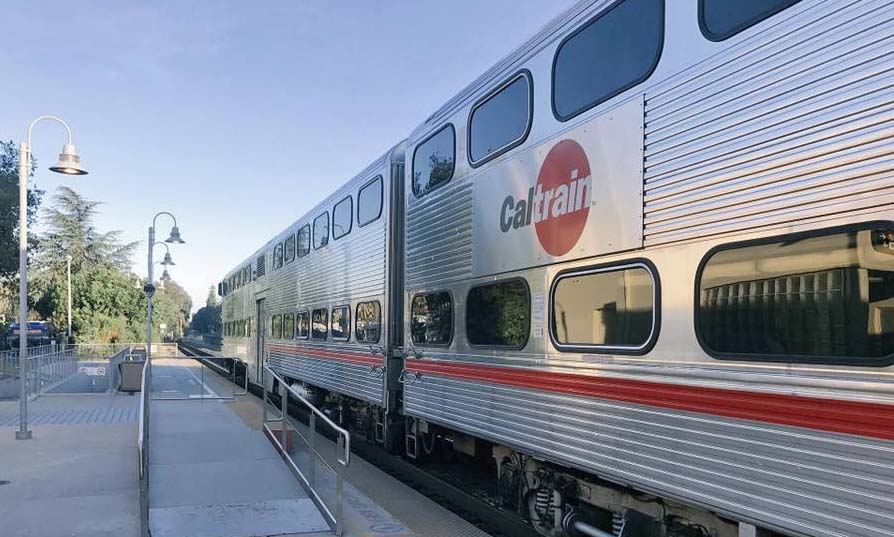SamTrans says it’s time for the City and County of San Francisco and the Santa Clara Valley Transportation Authority (VTA) to settle their debts dating back more than 30 years, when the three counties partnered to purchase the Caltrain corridor.
The debt includes SamTrans’ initial $82 million contribution to the Caltrain Right of Way back in 1991, the year before the three counties that make up the Peninsula Corridor Joint Powers Board (JPB) assumed operating responsibilities for the passenger rail service from the state. “In today’s dollars that investment would be more than $150 million,” SamTrans said.
On Tuesday, the SamTrans Board of Directors authorized Acting General Manager Carter Mau to seek a written response from the transportation agencies representing San Francisco and Santa Clara counties on how they plan to reimburse SamTrans for its investments in the system.
SamTrans will look into being reimbursed for any investments it is owed by the Metropolitan Transportation Commission (MTC), and plans to ask MTC whether San Francisco or the VTA have taken steps to secure those funds on SamTrans’ behalf.
“The precise number owed depends upon the partners intent to live up to contractual obligations on the repayment of the initial investment made by San Mateo County, including agreements regarding the governance and management structure of the JPB,” according to SamTrans’ statement.
Charles Stone, chair of the SamTrans Board of Directors, called SamTrans “the glue that has made Caltrain a successfully managed system since the Joint Powers Board was formed more than 20 years ago. The time is past due for these bills to be addressed.”
The demand for debt collection comes as JPB members from San Francisco and the VTA seek to do away with the JPB to enhance their own respective control of Caltrain operations and management. No alternatives have been proposed yet. SamTrans suspects alternative proposals will be costly and is skeptical about whether riders will see any benefit.
SamTrans vowed to retain its leadership of JPB while still collecting the outstanding debts.
“San Mateo County has been more than generous and patient with this exploration of how the governance works,” Stone said. “We remain open to improvements that will provide material benefit to the riders or improved efficiency to operations of the system. That is not what we see unfolding. What we have witnessed so far is two of the three member agencies seeking to take over control through a new governance structure while leaving large outstanding debts incurred for the current one.”
Disclaimer: Adam Alberti, the publisher of Climate Magazine, is Managing Director at Singer Associates, Inc. SamTrans is represented by Singer Associates.






